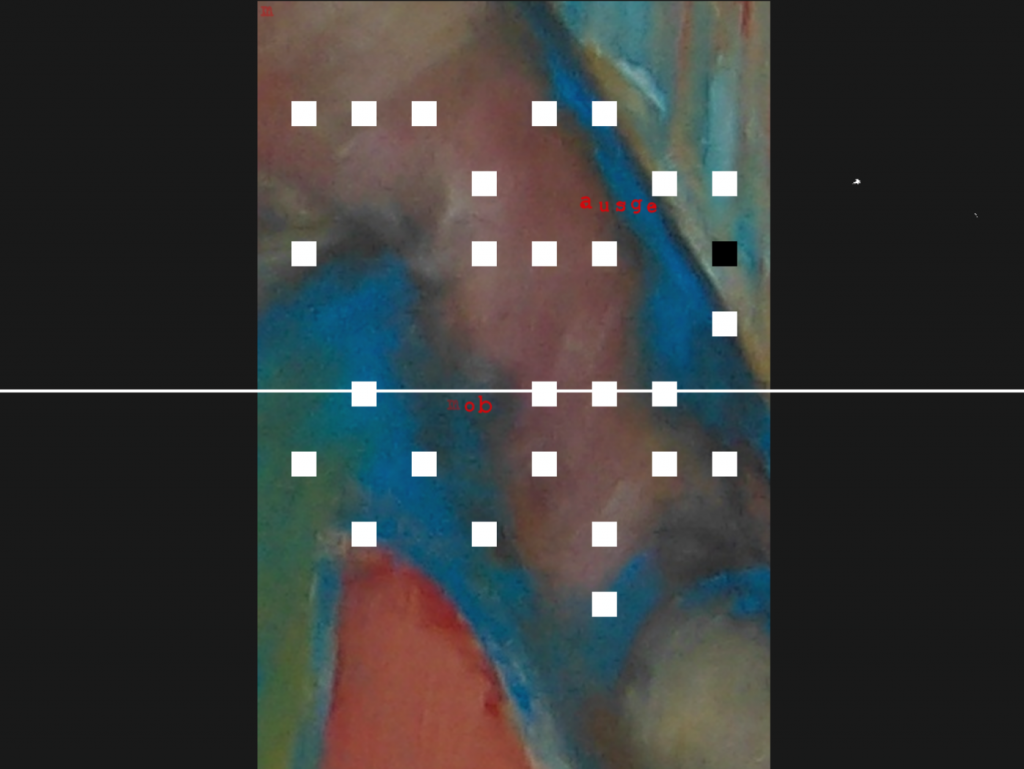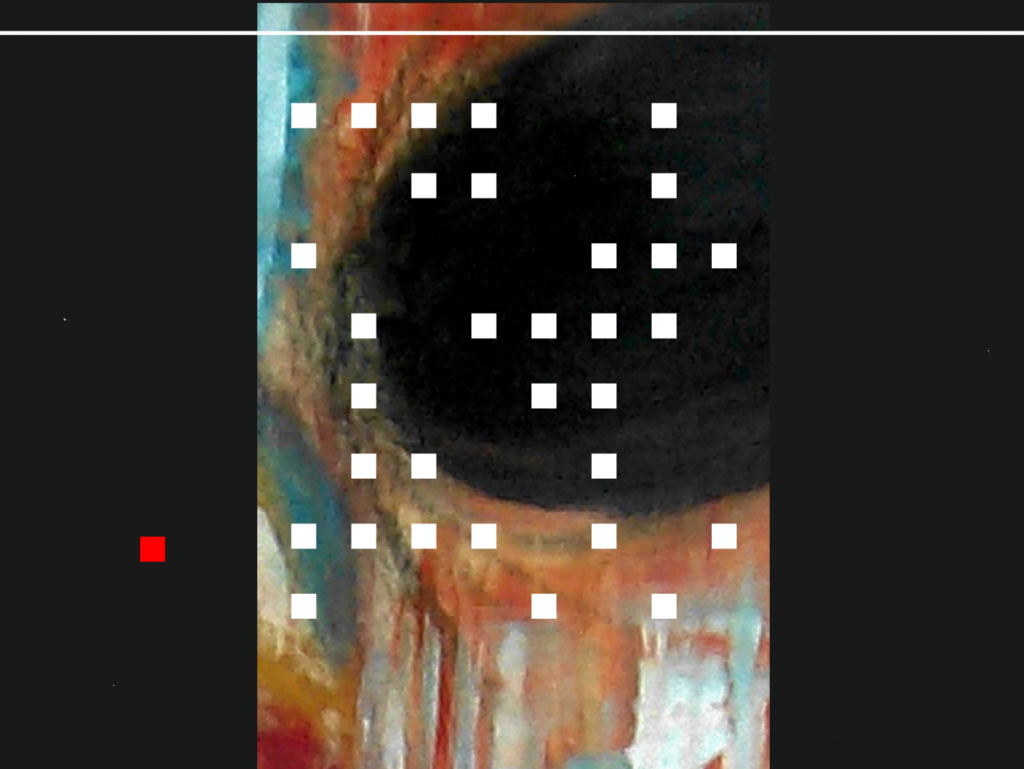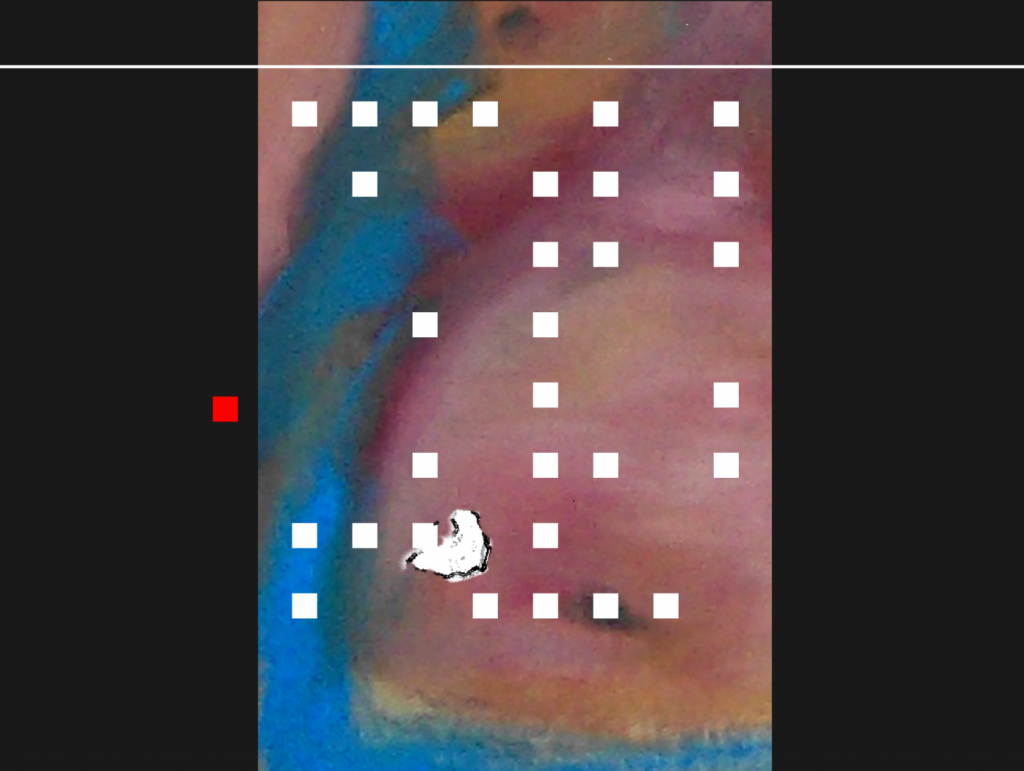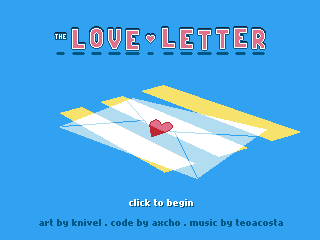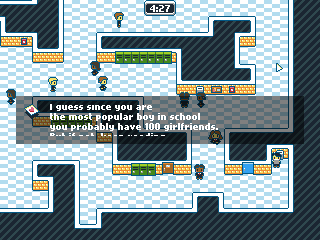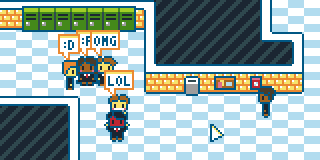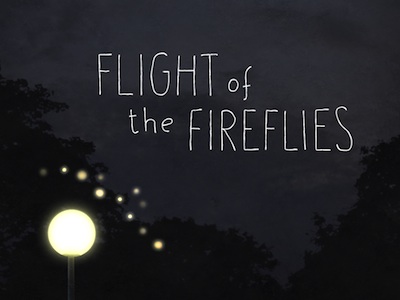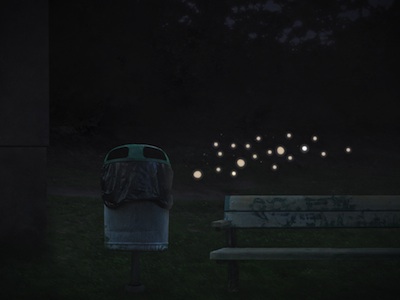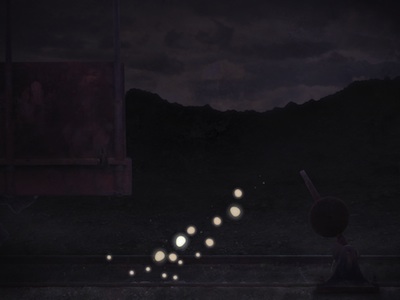Is it too late? Are videogame consoles dead? They certainly have lost much of their impact. And they are no longer the key to wide success or profitability.
What happened? Many things I’m sure. But one thing, in my opinion, especially. Game consoles refused to make a medium out of videogames.
They had everything going for them. Reasonably priced hardware, accessible interfaces, and most important of all, a place in the living room, where the games could be displayed on the large screen of a television set, the audio amplified through a decent stereo, and the player could be seated in a comfortable chair, far away from work.
All the makings of a new medium, indeed! So what went wrong? And can it still be repaired?
Despite of a few noble exceptions, console games have stayed loyal to the traditional game format for far too long. For too long consoles were presented as home arcade machines. And when they finally decided to enter the world of the grown-ups, they added movies.
If consoles had allowed -or indeed, if they would start allowing now- videogames to grow into its own form of entertainment for many different tastes, they would not find themselves in the current pitiful situation where games on phones or web sites are stealing away their audience.
Consoles are not casual play devices, they are media centers. Videogames on consoles don’t need to be shallow, throwaway fun. When I’m sitting down in my comfortable chair, I am relaxed and I have a few hours to dedicate to entertainment, hit me with all you’ve got! I want spectacle, I want emotions, I want to be immersed, absorbed. I want to care, I want to be involved. And I don’t want to collect spinning coins, match colored blocks, or shoot hordes of zombies. I want substance!
I’m not talking about 50 hour games that nobody ever finishes. The production cost of such extravaganzas has been the mill stone around the neck of this medium for far too long. And we need breathing space to experiment. Especially now. Because there’s a lot of work to be done. A lot of damage to repair.
There is no reason why playing a videogame should take longer than watching an average movie. There is also no reason why such a game should cost the consumer more than an average movie. And it is perfectly possible to create condensed impactful videogames for a fraction of the cost of equivalent films. I also believe that a shorter length in itself will make videogames more accessible to a wider audience. Current games are simply too long. It’s intimidating and discouraging for many potential players.
Game consoles do not need to play movies to draw in an adult audience. We can make games that do this! We can save the videogame medium! And consoles would be smart to open up their doors to artists who want to do something more with the technology than make another Mario clone or sports simulation. We can take this much further. There is no reason why videogames could not offer the same breadth and depth of experiences as any other medium. Videogames can be as versatile, desirable and respected as literature, music, theater and cinema. Consoles can choose to act now with courage and confidence or wait until desperation forces them.
In a way, the success of mobile games and web games is a godsend. Because it’s a clear demonstration of how games should be made. Angry Birds and Farmville are the ultimate games. It makes no sense whatsoever to even try to imitate that pattern on a console. We play videogames on consoles for entirely different reasons. We want the story, the immersion, the emotions. And formal gameplay simply acts as a way to prevent us from accessing these.
There’s a lot to say for formal games. But smartphones, or indeed cardboard or just our bodies and a list of rules, suffice to play them. Such games do not require the kind of technology, or even setting, that a game console offers. The game console offers a media experience. This has nothing to do with a formal game experience. If consoles have a future, it will consist of interactive media experiences that are not games.
The evolution of blockbusters games clearly shows a direction towards a more pure interactive entertainment without the complications offered by formal games. But this evolution is happening too slowly. A radical step needs to be taken now. It’s perfectly possible, perfectly feasible, and it makes perfect sense, both economically and culturally.

